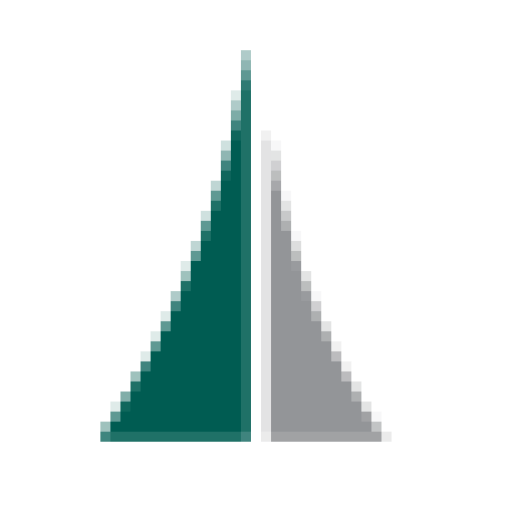
Investing in Exchange-Traded Funds (ETFs) has become increasingly popular among both novice and experienced investors. ETFs offer a diversified, low-cost way to invest in a wide range of asset classes. However, to maximize the benefits of ETF trading, it’s crucial to use a reliable and efficient ETF trading program. Here are some key features and considerations to look for when selecting the best stock management software for your ETF trading.
1. User-Friendly Interface
A user-friendly interface is essential for any trading program. It should be intuitive and easy to navigate, allowing you to execute trades quickly and efficiently. Look for a platform that offers customizable dashboards, easy access to research tools, and a seamless trading experience. A clean and organized layout can significantly enhance your trading efficiency, reducing the time spent on executing trades and managing your portfolio. Something like Decisive Investor would be a good option for an ETF trading program.
2. Comprehensive Research and Analysis Tools
Successful ETF trading relies heavily on research and analysis. The best ETF trading programs offer a wide range of tools to help you make informed decisions. These tools should include:
- Screeners: ETF screeners help you filter and find ETFs that match your investment criteria. You can screen by various factors such as asset class, expense ratio, dividend yield, and performance history.
- Technical Analysis: Tools for technical analysis allow you to study price charts, identify trends, and make predictions based on historical price patterns. Look for programs that offer a variety of technical indicators and charting tools.
- Fundamental Analysis: This includes access to comprehensive data on ETF holdings, sector breakdowns, and performance metrics. Detailed fundamental analysis can help you understand the underlying assets of an ETF and their potential impact on performance. Look for trading software for stocks that is versatile and easy to use with ETF trading.
- News and Insights: Access to the latest market news, expert opinions, and investment insights is crucial for staying informed about market trends and making timely investment decisions.
3. Real-Time Data and Alerts
In the fast-paced world of trading, having access to real-time data is critical. Look for an ETF trading program that provides real-time quotes, market data, and news updates. Additionally, the ability to set up customizable alerts for price changes, volume spikes, and other market events can help you stay on top of your investments and react quickly to market movements.
4. Portfolio Management Tools
Effective portfolio management is key to successful investing. A good ETF trading program should offer robust portfolio management tools that allow you to track and analyze your investments. Key features to look for include:
- Performance Tracking: Tools that provide detailed performance metrics for your portfolio, including returns, volatility, and risk metrics.
- Diversification Analysis: Features that help you analyze the diversification of your portfolio across different asset classes, sectors, and geographies.
- Rebalancing Tools: Automated or manual rebalancing tools to help you maintain your desired asset allocation.
- Tax Optimization: Features that assist in optimizing your portfolio for tax efficiency, such as tax-loss harvesting and capital gains analysis.
5. Low Costs and Fees
One of the main advantages of ETFs is their low cost compared to mutual funds. However, trading costs and platform fees can eat into your returns. When choosing an ETF trading program, consider the following cost factors:
- Trading Commissions: Look for platforms that offer low or zero commissions on ETF trades.
- Account Fees: Be aware of any account maintenance fees, inactivity fees, or other hidden charges.
- Expense Ratios: While this is related to the ETFs themselves rather than the trading platform, ensure that the program provides access to low-cost ETFs with competitive expense ratios.
6. Security and Reliability
Security is a paramount concern when it comes to trading platforms. Ensure that the ETF trading program you choose has robust security measures in place to protect your personal information and investments. Look for features such as:
- Two-Factor Authentication (2FA): Adds an extra layer of security by requiring a second form of verification.
- Encryption: Ensure that the platform uses strong encryption to protect your data.
- Regulation and Insurance: Check if the platform is regulated by a reputable financial authority and whether it offers insurance protection for your investments.
7. Customer Support and Education
Access to reliable customer support and educational resources can greatly enhance your trading experience when investing in exchange-traded funds. Look for an ETF trading program that offers:
- Responsive Customer Support: Ensure that you can reach customer support via multiple channels, such as phone, email, and live chat, and that they provide prompt and helpful responses.
- Educational Resources: Comprehensive educational materials, including tutorials, webinars, articles, and courses, can help you improve your trading skills and knowledge.
8. Mobile Access
In today’s digital age, having access to your trading platform on the go is essential. Look for an ETF trading program that offers a robust mobile app with all the key features of the desktop platform. The app should be user-friendly, secure, and provide real-time data and trading capabilities.
9. Integration with Other Financial Tools
Many investors use a variety of financial tools and services for their investment needs. Look for an ETF trading program that can integrate with other financial tools and services, such as banking, budgeting, and tax preparation software. This integration can streamline your financial management and provide a more comprehensive view of your overall financial health.
10. Reviews and Reputation
Finally, consider the reputation of the ETF trading program and read reviews from other users. The best trading programs have positive reviews regarding their reliability, customer service, and overall user experience. A platform with a strong reputation is more likely to provide a high-quality and trustworthy trading experience.
Choosing the right ETF trading program is a crucial step in optimizing your investment strategy. By considering factors such as user interface, research and analysis tools, real-time data, portfolio management, costs, security, customer support, mobile access, integration, and reputation, you can select a platform that meets your needs and helps you achieve your investment goals. Investing in the right ETF trading program can make a significant difference in your trading success, providing you with the tools and resources you need to make informed decisions and maximize your returns.


